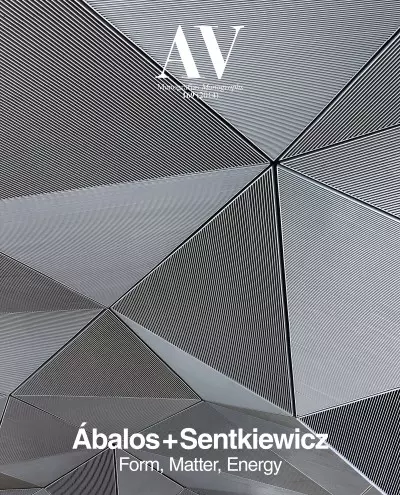

(Kolo, 1972)
The creation of this park – 24,353 square meters of green spaces – completes the first phase of the scheme that won an international competition, drawn up by Ábalos + Sentkiewicz AS+ in collaboration with AtelierL+ and the engineering firm TJAD. The
The Madrid firm of Iñaki Ábalos and Renata Sentkiewicz designed this temple that has been distinguished with the 2019 FAD International Award. Serving a Christian community, it marks the southern entrance into the New Bund urban development of southe
In the new, thermodynamically-tuned practice of Iñaki Ábalos and Renata Sentkiewicz, the aloof, prismatic volumes of the Ábalos + Herreros era, heirs of Alejandro de la Sota in their technical directness and formal austerity, have evolved into buildi
The expression ‘experience of art’ clearly refers to contemplation occurring under certain circumstances of ‘disposition’ before the object. This disposition can be the result of an individual initiative (going to the Prado Museum to contemplate Van
To rethink materiality through thermodynamics it is essential to concentrate on the so-called ‘architectural interiors.’ In the convective air conditioning model, the interior meant the arrival of a huge and trivial collection of ‘products,’ commerci
Sometimes they ask us how the concept of thermodynamics is brought into our design process and why we are so reluctant to show the operational ‘kitchen’ of these processes, probably because the sustainable cliché seems to ask for diagrams with arrows
Iñaki Ábalos and Renata Sentkiewicz like to make clear that their work together did not begin in 2006 – when Ábalos & Herreros split –, but during Sentkiewicz’s previous phase at the studio. It is thus easy for them to acknowledge how much they owe t
0. Preamble. Mies malgré lui. The current proliferation of the skyscraper with its mono-functional configuration (divided between dwellings and office space) and its ring encircled tectonic and circulation core offers an urban milieu without attribu
Iñaki Ábalos graduated in 1978 from the Madrid School of Architecture (ETSAM), which in those years harbored two different traditions represented by two influential faculty members, Alejandro de la Sota and Francisco Javier Sáenz de Oíza. Sota’s disc

